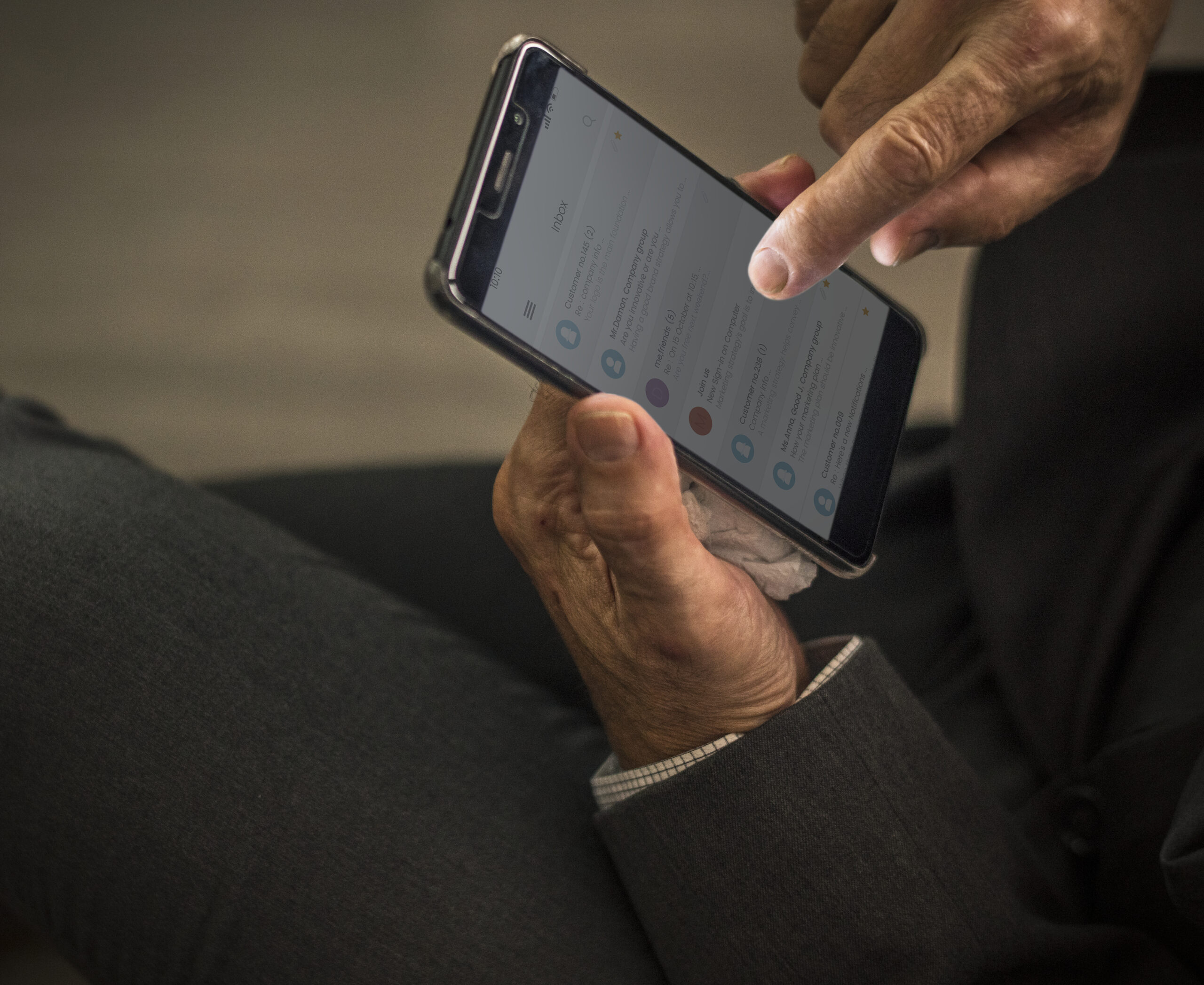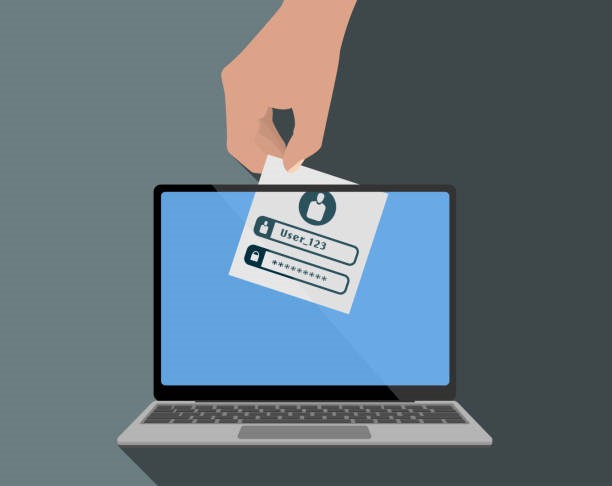

All iPhone and Android users, please be aware of this dangerous scam. We urge that you delete smishing texts as a new SMS threat has been on the rise. The FBI has been actively alerting users about these scams, emphasizing the importance of vigilance and caution. Over 10,000 domains have been registered by cyberattackers, baiting users into disclosing personal and/or financial information.
Many cybercriminals have been posing as tolling agencies such as E-ZPass, demanding money with state-specific payment links. Clicking the link will compromise your security, allowing them to access your personal information and even impersonate you for fraud. Attackers are sending toll scam messages throughout cities in the U.S., particularly in Dallas, Atlanta, Los Angeles, New York, NJ, Chicago, and Orlando.
Avoid falling for smishing texts – they often follow a predictable formula. Here are a few clues to help you spot them:
It is always best to check your account through the toll company’s website or connect with provider’s customer service line. If you are an E-ZPass customer, you can just go to the E-ZPass website and login and check your account or call their customer service phone number.
As technology continues to evolve and become more accessible, cyberattacks will grow in sophistication and frequency. This makes them harder to detect.
DDKinfotech offers comprehensive user awareness training for businesses, empowering employees to identify fraudulent emails, texts, and voicemails. Our training programs are designed to protect your identity and data from cybercriminals, ensuring a safer and more secure digital environment for your organization. Contact us if you’re interested.

